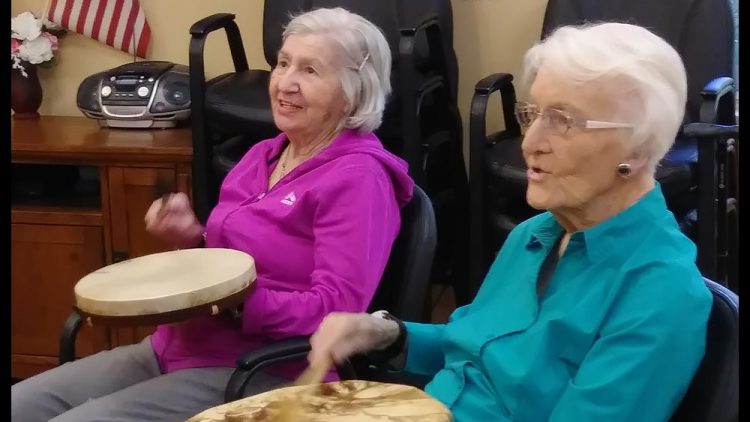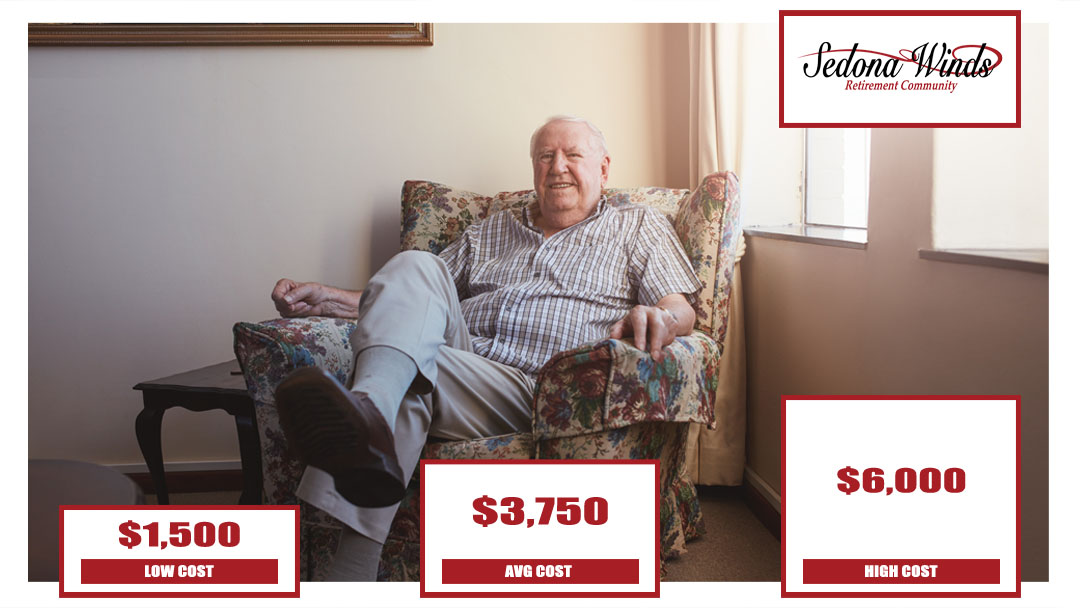Occupational Therapy for Seniors in a Retirement Community

One of the most critical objectives as individuals age is to preserve their independence and quality of life. Occupational therapy (OT) is essential for assisting seniors in maintaining their confidence, capability, and activity levels in their daily routines. In retirement communities such as Sedona Winds, occupational therapy provides personalized care and activities that are intended to improve both physical and emotional well-being.
What is occupational therapy?
Occupational therapy is dedicated to assisting individuals in the performance of the meaningful duties and activities that comprise daily life, which are referred to as “occupations.” This frequently entails the acquisition of new strategies or the utilization of adaptive tools to enable seniors to continue engaging in their favorite activities, such as gardening, golfing, cooking, or spending time with their granddaughters. OT assists individuals in surmounting obstacles resulting from illness, injury, or aging.
Therapists collaborate with residents to evaluate their present capabilities and develop personalized programs that promote safety, independence, and comfort. The objective is to assist each individual in preserving as much autonomy as possible while residing in a supportive community.
Advantages of Occupational Therapy for Seniors
Enhanced Mobility and Strength
Occupational therapists assist seniors in the execution of exercises that improve muscle coordination, flexibility, and balance. This has the potential to mitigate the risk of mishaps, which are among the most prevalent concerns in the elderly.
Enhanced Autonomy
OT assists seniors in the management of essential activities, such as dressing, cleansing, and meal preparation. Therapists enable residents to live with dignity and self-sufficiency by modifying routines or incorporating assistive devices.
Improved Cognitive Health
Cognitive abilities are enhanced through the use of memory games, problem-solving activities, and organizational strategies. These interventions are particularly advantageous for residents who are coping with mild memory loss or the initial phases of dementia.
Stress and Pain Management
Numerous seniors endure joint discomfort or rigidity as a consequence of arthritis or prior injuries. Occupational therapy employs relaxation techniques and moderate, low-impact exercises to enhance overall well-being and alleviate discomfort.
Social and Emotional Support
In addition to physical rehabilitation, occupational therapy promotes emotional well-being. Participation in creative therapies, such as art or music, and group activities can alleviate feelings of isolation and elevate mood.
The Role of Occupational Therapy in Retirement Living
Occupational therapy is a component of a comprehensive senior care strategy in a retirement community like Sedona Winds. Residents are provided with personalized wellness plans, on-site therapy services, and supportive personnel who promote active lifestyles. The therapy team works in conjunction with physicians, nurses, and family members to guarantee that the care provided is consistent with the objectives of each resident.
Occupational therapy helps seniors continue to live life to the utmost, whether they are recovering from surgery, adjusting to new physical challenges, or simply seeking to maintain vitality. The emphasis is not solely on physical recovery; it also extends to the restoration of confidence and happiness in daily life.
Living in Harmony
Professional therapists, engaging activities, and a community that prioritizes safety, comfort, and connection are all available to residents at Sedona Winds. Seniors are encouraged to flourish rather than simply survive through occupational therapy and other wellness programs.
Find Independent Living In Sedona
Sedona Winds Retirement Community offers independent living in Sedona, Arizona, can help! Call us today at (928) 496-6547 and learn more about our facility and what we have to offer today’s seniors.



